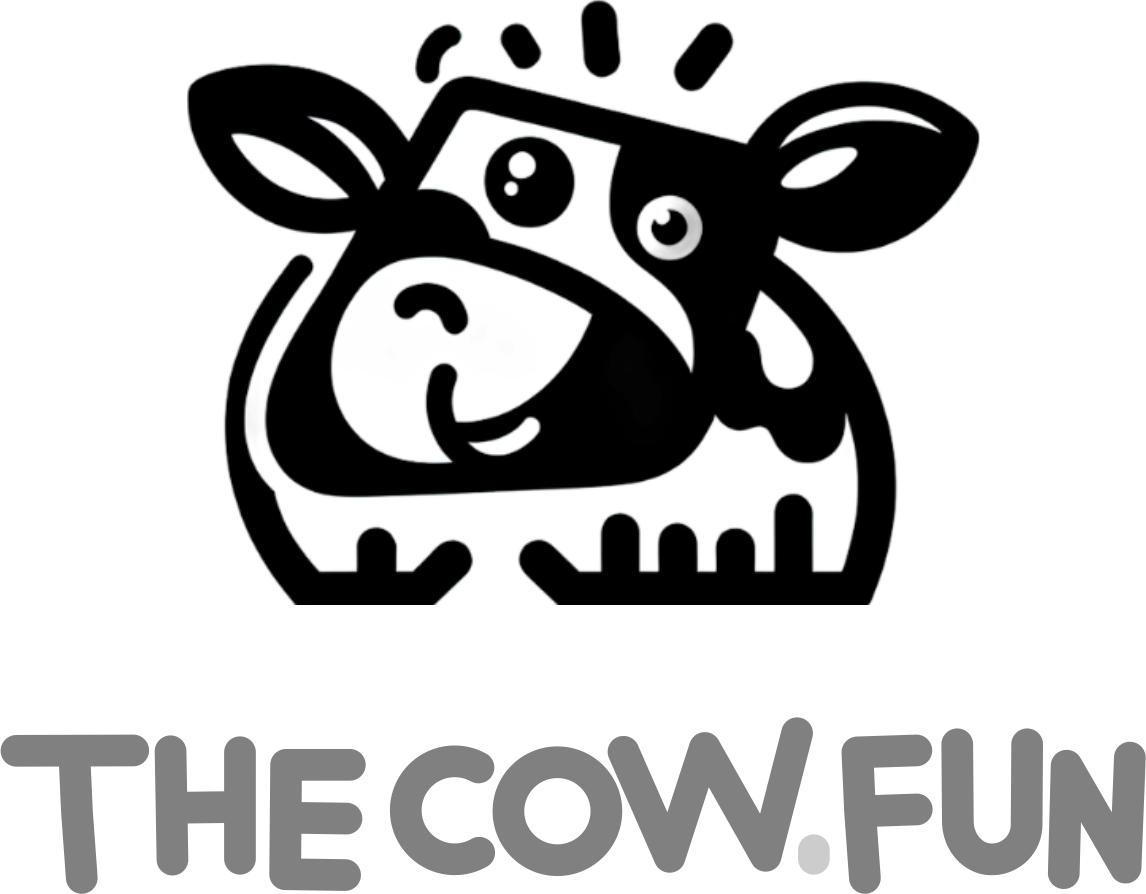Hello, fellow cattle enthusiasts and curious minds! 🐮✨ Have you ever seen a cow that looks like it’s wearing a magnificent crown? Well, get ready to be amazed by the Ankole cattle, Africa’s long-horned wonders! Let’s dive into the world of these incredible animals and find out why they’re capturing hearts across the globe.
The Rich History of Ankole Cattle
The Ankole cattle, also known as Ankole-Watusi, have a history as impressive as their horns. Originating from the Great Lakes region of Africa, these majestic bovines have been an integral part of the Ankole people’s culture for centuries. Their importance goes beyond agriculture, playing a significant role in social and economic aspects of life in countries like Uganda, Rwanda, and Burundi.
Origins and Development
Ankole cattle have adapted to their environment over thousands of years, developing their distinctive long horns and large body size. These adaptations have allowed them to thrive in the harsh climates of East Africa, where they face challenges like drought and disease. Their resilience and ability to survive on limited resources made them invaluable to the pastoral communities of the region.
Characteristics of Ankole Cattle
Distinctive Appearance
The most striking feature of Ankole cattle is undoubtedly their enormous, lyre-shaped horns. These horns can reach up to 8 feet from tip to tip, giving the cattle a regal and imposing appearance. Their coat is typically a rich, reddish-brown color, although variations exist.
Impressive Horns
Both males and females sport these magnificent horns, which serve multiple purposes. They help regulate body temperature by acting as radiators, assist in defense against predators, and play a role in social interactions within the herd.
Size and Weight
Ankole cattle are large animals, with bulls weighing up to 1,600 pounds (730 kg) and cows reaching 1,200 pounds (540 kg). Despite their size, they have a graceful and elegant appearance.
Caring for Ankole Cattle
Feeding
These cattle are well-adapted to grazing on poor quality pastures. They can thrive on native grasses and browse, making them ideal for areas with limited feed resources.
Space and Habitat
Ankole cattle need plenty of space to roam and graze. They are well-suited to extensive farming systems and can adapt to various climates, from hot and dry to more temperate regions.
Health and Maintenance
Known for their hardiness, Ankole cattle are resistant to many tropical diseases. However, regular health checks and proper management are still essential for their well-being.
Fascinating Facts about Ankole Cattle
- Climate Adaptation: Their large horns help dissipate heat, making them well-suited to hot climates.
- Longevity: Ankole cattle can live up to 25 years, longer than many other cattle breeds.
- Milk Production: While not primarily dairy cattle, their milk has a high butterfat content, making it ideal for traditional dairy products.
Ankole Cattle in Modern Times
Today, Ankole cattle face challenges due to crossbreeding with exotic breeds for higher milk and meat production. However, efforts are being made to preserve this unique breed and its genetic diversity.
Conclusion
Ankole cattle are living symbols of Africa’s rich pastoral heritage. With their stunning appearance and remarkable adaptability, these cattle are not just a visual wonder but also a valuable resource for sustainable agriculture in challenging environments. Whether you’re interested in cattle breeding or simply admiring their beauty, Ankole cattle deserve special recognition in the world of bovine wonders.
Fallen in love with these majestic long-horned beauties? Why not bring a piece of African cattle heritage into your home? Explore our collection of Ankole-inspired products on Amazon and add a touch of African charm to your daily life. Click here to discover more!
Frequently Asked Questions
- How long can Ankole cattle horns grow?
Ankole cattle horns can grow up to 8 feet (2.4 meters) from tip to tip, making them some of the largest horns in the cattle world. - Are Ankole cattle good for meat production?
While not primarily bred for meat, Ankole cattle produce lean, flavorful beef that is gaining popularity in specialty markets. - Can Ankole cattle survive in colder climates?
Although adapted to hot climates, Ankole cattle have been successfully raised in temperate regions with proper care and shelter. - How do the horns of Ankole cattle affect their behavior?
The horns play a role in social interactions and can be used for defense, but Ankole cattle are generally known for their docile nature. - Are there conservation efforts for Ankole cattle?
Yes, several organizations are working to preserve pure Ankole bloodlines and promote sustainable breeding practices.
